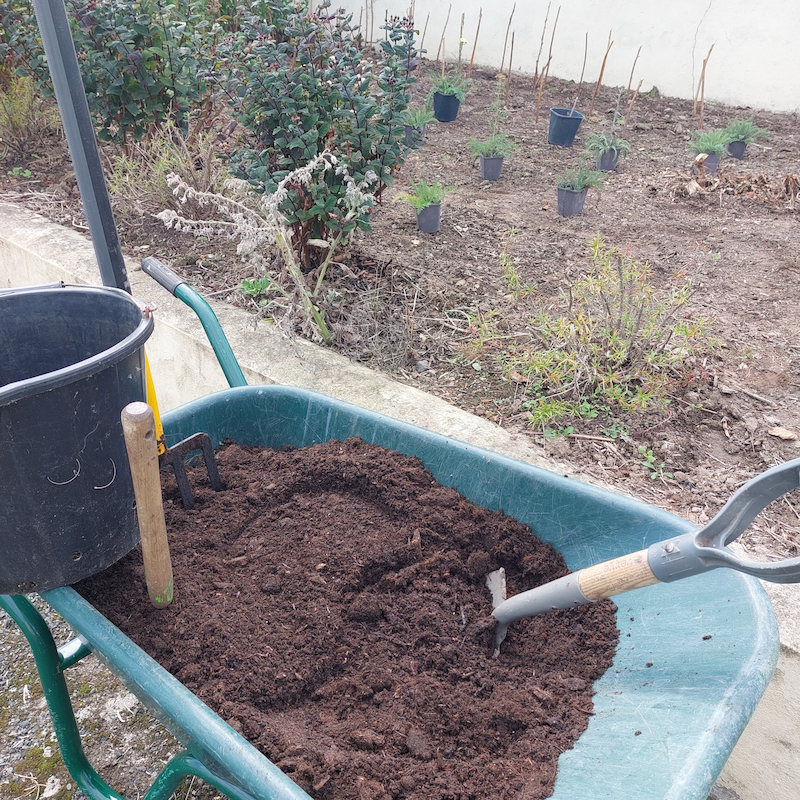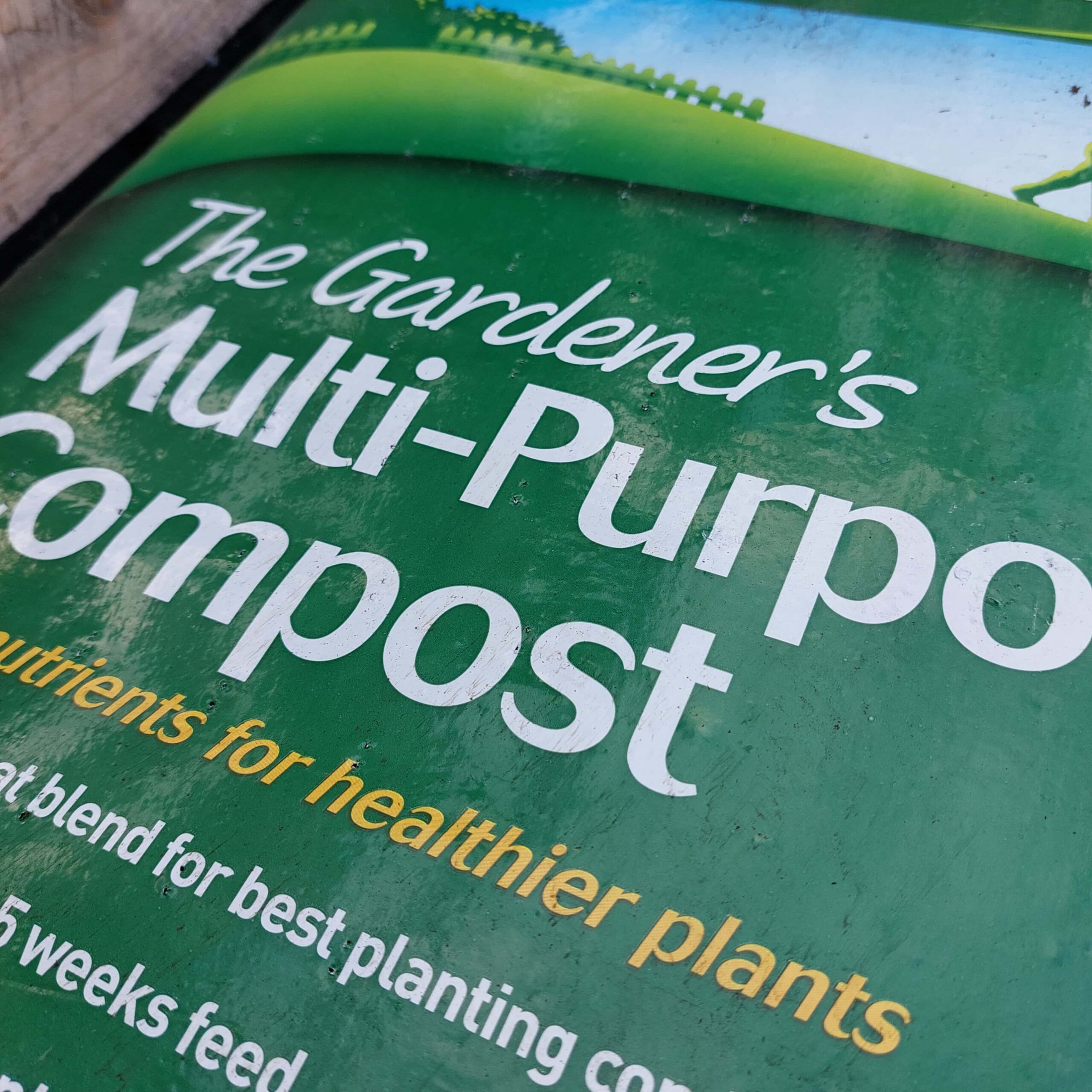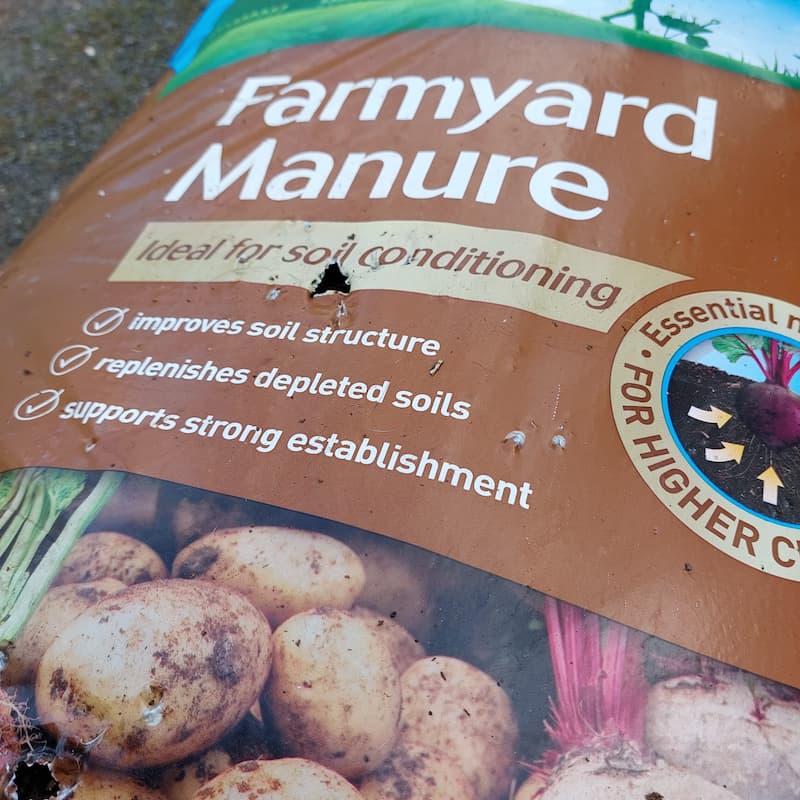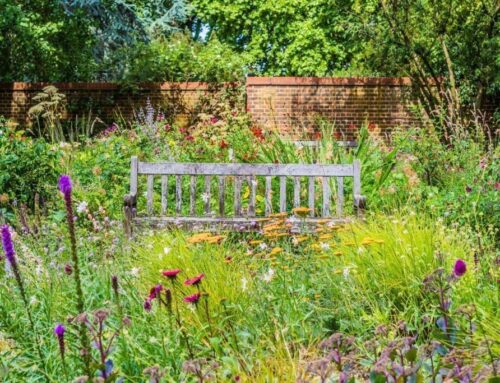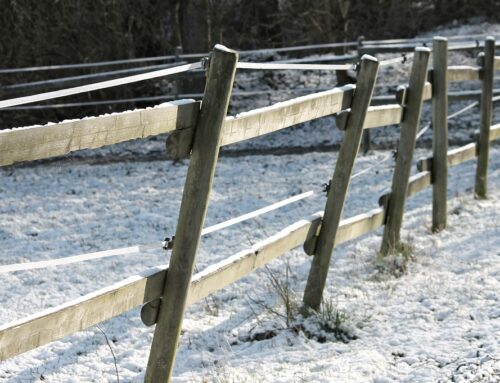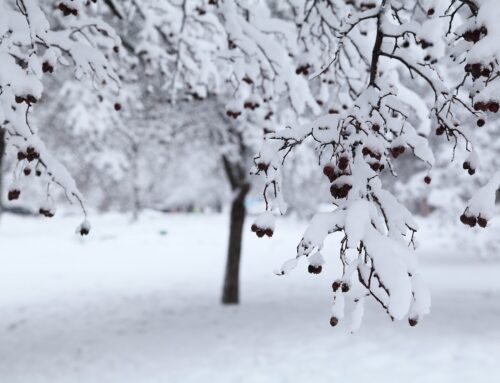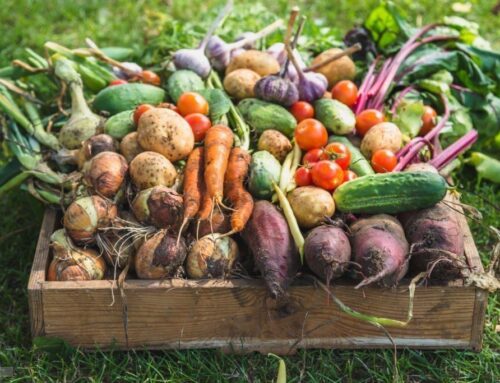Good quality soil is important for both flower and vegetable gardening a like. Healthy soil with a good structure allows plants to form strong root systems, provides nutrients, air and water; all essential when trying to grow a lush and productive garden.
So what is soil?
Soil is the earths growing medium that is comprised of organic matter, minerals, micro organisms, water and air.
Without this cocktail of ingredients, most plant life struggles to take hold in any meaningful way.
Soil comes in many textures with particles of many different sizes, this variation gives us our four main soil types and can dictate what your garden beds can be used for.
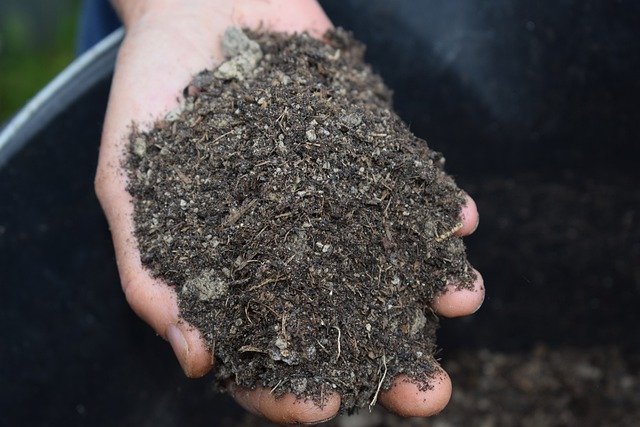
What kind of soil do you have?
The type of soil present in your garden will influence the range of plants and vegetables that will thrive in your garden. Let’s take a look at four types of soil you will encounter in your garden in Ireland and the UK.
- Clay – with its make up of tiny, flat and sticky particles, clay soils have smaller (pore) spaces or gaps throughout the particle structure. This means it is better at holding water and are more fertile but hold less than air.
- Sandy – containing a higher percentage of large sand particles than other soil types, creates bigger pore gaps and thus allows the reverse of clay soil by holding more air but allowing water to flow through. Sandy soils are free draining but dry out quicker and contain less nutrients.
- Silty – commonly found along the flood plains of rivers across the country, this type of soil is considered highly fertile due to is particle size being in between that of clay and sandy soil, it offers more of a balance in water management and nutrient content.
- Loamy – if you have this in your garden then you have found the holy grail of soil types. It is natures perfect balance of clay,sand and silty soils. With proper soil conditioning you can achieve this kind of soil heaven in your garden!
Acid or Alkaline? Why soil testing is important
Often when talking about soil testing we refer to the pH scale, this scale ranges from acidic to alkaline. Soil pH ranges from 0 to 14 with pH 7 being the mid point on the scale, this denotes that your soil is neutral. Soil with a pH of pH 0 to pH 6 is considered to be acidic or more often called ericaceous. Alkaline soils range from pH 8 to pH 14.
Most soils in Ireland and the UK roughly range between pH 4.5 to pH 8 on this scale.
The given pH of your soil will have some bearing on the types of plants and vegetables you are able to grow in your garden.
- Alkaline soils – are typically found over bed rock of limestone or chalk and would be the least common type found in gardens.
- Neutral soils – as its name suggests, this type of soil is a good all rounder where a broad range of plants grow with no issues. Soil texture can vary from heavy clay to crumbly loam.
- Acidic soils – are more widespread and consist of coniferous forests and heathland which is common throughout the Isles.
Soil testing is important as this allows you to plan your garden using the range of plants best suited to your conditions.
How to condition and improve your soil
No matter what type of soil you have present in your garden, it can always be improved. This is not an over night process but it is very much worth the time and effort.
Lets look at four organic ways to improve your soils condition without using harsh chemical fertilisers.
Compost:
Often referred to as “Black Gold” compost is one of the best things you can add to your garden for both soil conditioning and adding extra soil nutrients. You can make your own (highly recommended) or buy compost from a supplier, either way is only going to benefit your soil.
NO matter what type of soil you have in your garden, adding compost will improve the soil structure. Sandy soils will see an increase in both water and nutrient retention whilst clay soils will become more open due to the organic matter creating more pores.
Adding compost also increases the amount of micro organisms the soil contains. These are important in creating a good soil biome and help control soil pathogens.
One things for sure; you can never add too much compost to your garden.
Farmyard Manure:
Well rotted manure has the same benefits as garden compost, great for improving the soil structure and is a good source of carbon and nitrogen.
Most manures come from either cow, horse or chicken droppings. Just make sure that it is well rotted before use as fresh manure is very high in nitrogen and can burn plants.
Manure also works well as a mulch that can be placed around plants. It will slowly release its nutrients over time.
Mulching:
A good 2 inch layer of mulch certainly is the gardeners friend. It will help save water, suppress weeds, improve soil structure, provide nutrients, protect plant roots and even deter some pests.
The most common type of biodegradable mulch used would be wood chippings although compost and manure both are mulches.
It is important to note that wood chips should ideally be a couple of weeks old before use as fresh chipping can use up a lot of nitrogen in the soil during early decomposition.
Cover Crops:
Although not that commonly used in gardens, cover crops and green manures could be of benefit if you have larger beds that need improving. They are especially useful in vegetable gardens as they can form part of your crop rotation plan.
Some of the best green manures are from the legume family as they all fix nitrogen in to the soil and when you dig in the green mater this improves the humus in the soil giving a good fertility boost.

